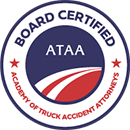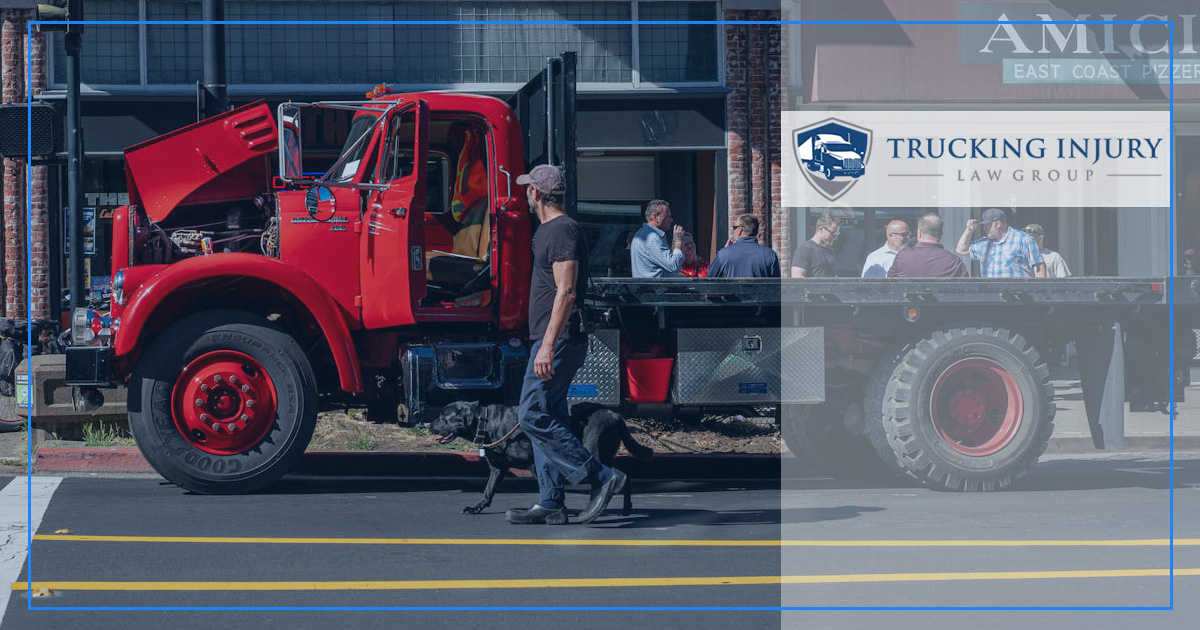Can Truck Drivers Have Dogs in the Cab?
There are 62 million households that share their space with a dog. That number comes from the American Veterinary Medical Association (AVMA), and they should know! Given how many truck drivers there are working in the country, it is a safe bet that many of those drivers would like to take their pups on the road. Can truck drivers have dogs in the cab? That depends a lot on what company they are driving for.
Pet Travel Permissions and Restrictions
If a truck driver opts to bring their dog on the road, they will first need to get permission from their employer. Many companies are “pet friendly” and allow drivers to bring a dog on the long hauls. The Federal Motor Carrier Safety Administration (FMCSA) does not have any specific regulations for dogs and trucking beyond maintaining a safe driving environment.
One crucial consideration involves vaccination status. A truck driver’s dog needs to be current with its rabies vaccine. If the truck driver’s route takes them across state lines, they might also need to obtain a Certificate of Veterinary Inspection (CVL). For example, in Oregon, anyone who brings a dog into the state needs a CVL, per the Oregon Veterinary Medical Association.
Truck drivers also have to be aware of all the restrictions that pertain to their destinations. When making a delivery, the dog will probably have to stay in the cab. The interior of certain rest stops might prohibit dogs, and the same can be said for many hotels along the route.
Safety Tips for Truck Dogs
Truck drivers who bring their dogs along for the ride need to take extra steps to ensure the dog is safe and not a distraction. The following are some of the tips for creating a safe driving experience for a dog in a truck:
Make a Designated Space
A dog should have a special space just for them, which can be designated by a special bed, blanket, or cushion.
Keep Them Secure
Although it might seem cute to have a dog poke their head out of an open window, that is a very unsafe way to drive with a canine. Instead, the dog should be secured in a seat belt harness. If there is room in the cab, the truck driver might consider an appropriately sized crate.
Always Have a Collar
Every dog should wear a collar with its owner’s name and a working phone number. That is vital for a dog going on a road trip with a trucker. A microchip ID is also a good idea, according to the American Kennel Club.
Use a Leash
Anytime a dog is outside the truck, they should be on a leash.
Provide Water and Exercise Breaks
A dog needs exercise and water. A truck driver must factor in additional stops to accommodate their dog’s need for potty breaks and work out the “zoomies.”
Don’t Leave the Dog in a Hot Truck
A dog should never be left in a truck when the temperatures rise. That can rapidly turn into an unfortunate situation. Auxiliary power units (APUs) or idle management systems can provide a cool environment for the dog.
Unintended Consequences
As any dog owner will tell you, there are many benefits to having a pet. However, when you bring a dog on the road, unintended consequences could lead to an accident. A dog can become distressed on the road, which can distract the truck driver. With the demand for full attention, that quick distraction can create a chain reaction of missteps that lead to a rear-end truck collision.
If you find yourself the victim of a distracted truck driver, you’ll want to discuss what happened with the Trucking Injury Law Group. This is a team of dedicated attorneys that specializes in finding compensation for victims of trucking accidents. We understand the laws and how to build a strong case. Call to set up a consultation today.






